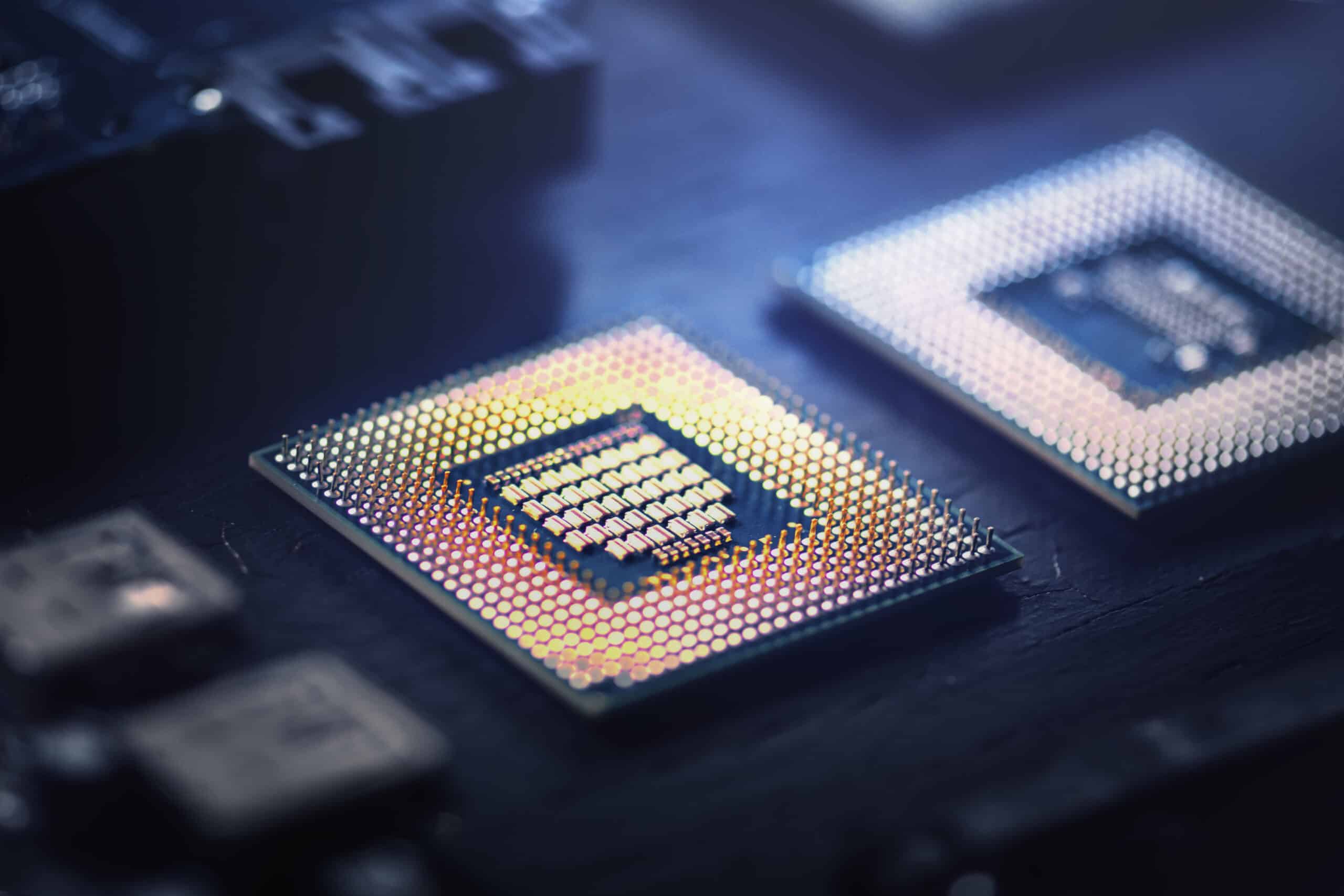
Researchers from the Universities of Glasgow and Rome are working together on an EU funded project called CROSSBRAIN which aims to create tiny injectable robots able predict & mitigate epileptic seizures using wireless power & data management systems over four years, says the University of Glasgow in a press release.
The microbots, about a tenth millimeter in size made from advanced nanomaterials, will be tested for use in rodent brains. Professor Hadi Heidari said he is ‘pleased’ to be part of this ambitious project while Professor Nicola Toschi noted that many pathological brain conditions directly involve aberrant electrical activity.
The CROSSBRAIN Project
Led by Tor Vergata University of Rome in Italy and funded by the European Innovation Council, the CROSSBRAIN project is designed to develop a cutting-edge FBAR magnetoelectric antenna at the world-class cleanroom facilities of the University’s James Watt Nanofabrication Centre. Once implanted in the brain, the microbots will be controlled by a small, wearable central control unit capable of monitoring electrical activity to detect the onset of a seizure and modulate its effect through targeted neurostimulation.

The microbots will also be able to deliver genetic material on command, enabling cell- and microcircuit-level neuromodulation in rodent brains during the later stages of the project’s development. Professor Heidari’s Microelectronics Lab is leading the UK contribution to CROSSBRAIN and will help design and develop the microbots’ wireless power and data management and delivery systems.
The project also involves other European researchers who have a wide range of expertise in bioengineering, artificial intelligence, nanomaterial design and fabrication, and medical physics. Professor Muhammad Imran, director of the University of Glasgow’s Communications, Sensing and Imaging Hub, is also lending his support on wireless power and data transmission.
Nanotechnology for Neuromodulation
Nanotechnology has enabled scientists to modulate neuronal activity with greater precision and sensitivity. With CROSSBRAIN, researchers hope to create radically new neurostimulation strategies and devices in the field of precision medicine with a key role in the predictive management of brain diseases.
The FBAR magnetoelectric antenna developed by CROSSBRAIN team will be used as part of their microbot technology to provide power to their tiny robots and transmit data back to their central control unit. This will allow them to monitor electrical activity in the brain in order to detect seizures and modulate their effects through targeted neurostimulation.
FBAR stands for “Frequency Selective Surface Bulk Acoustic Resonator”. This type of antenna is used in wireless communications such as mobile phones or Wi-Fi. It is a thin film resonator made up of metal layers that can be tuned to select frequencies within a given range. The metal layers are sandwiched between two thin layers of dielectric material that allow it to vibrate like an acoustic resonator.








